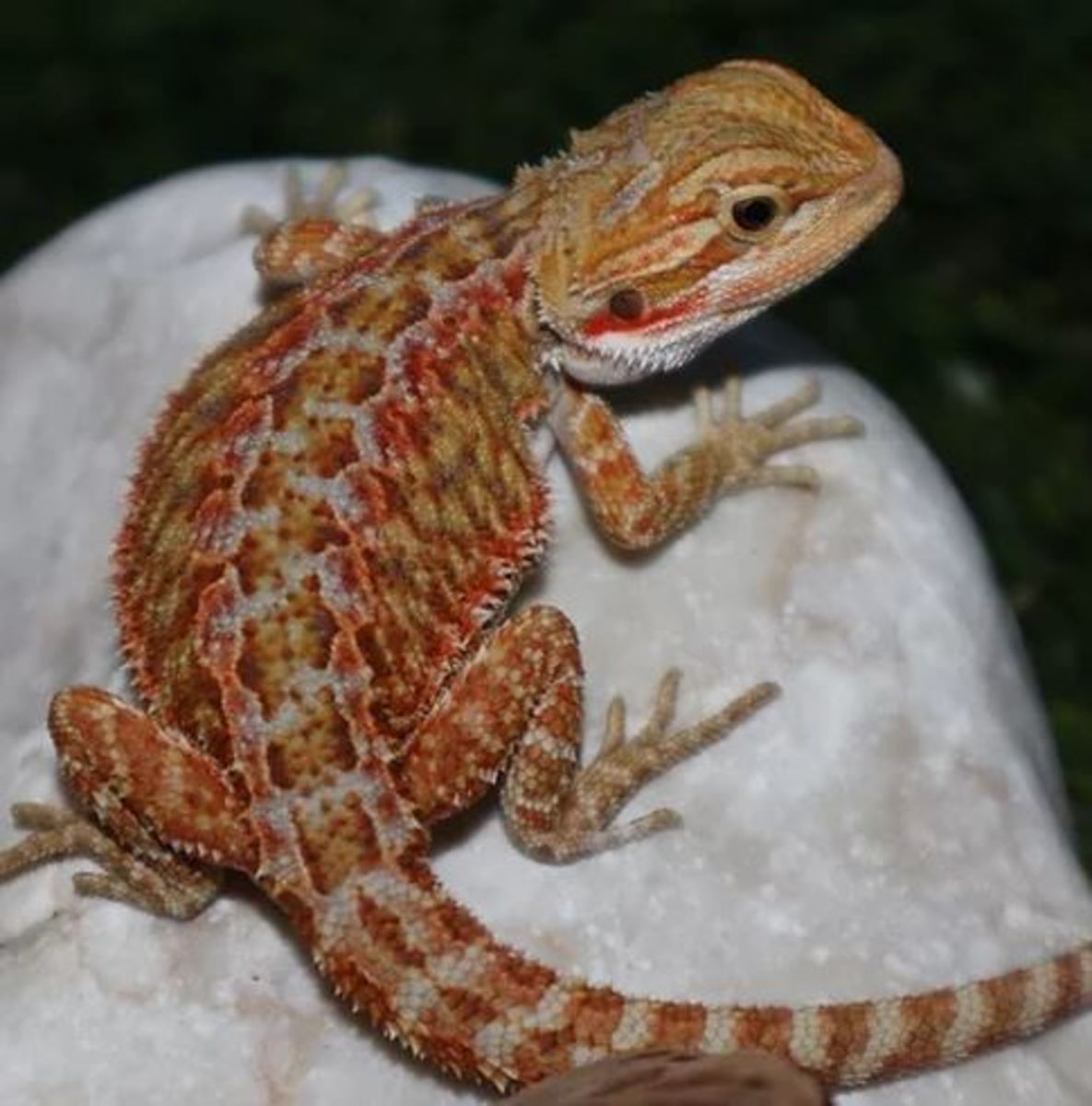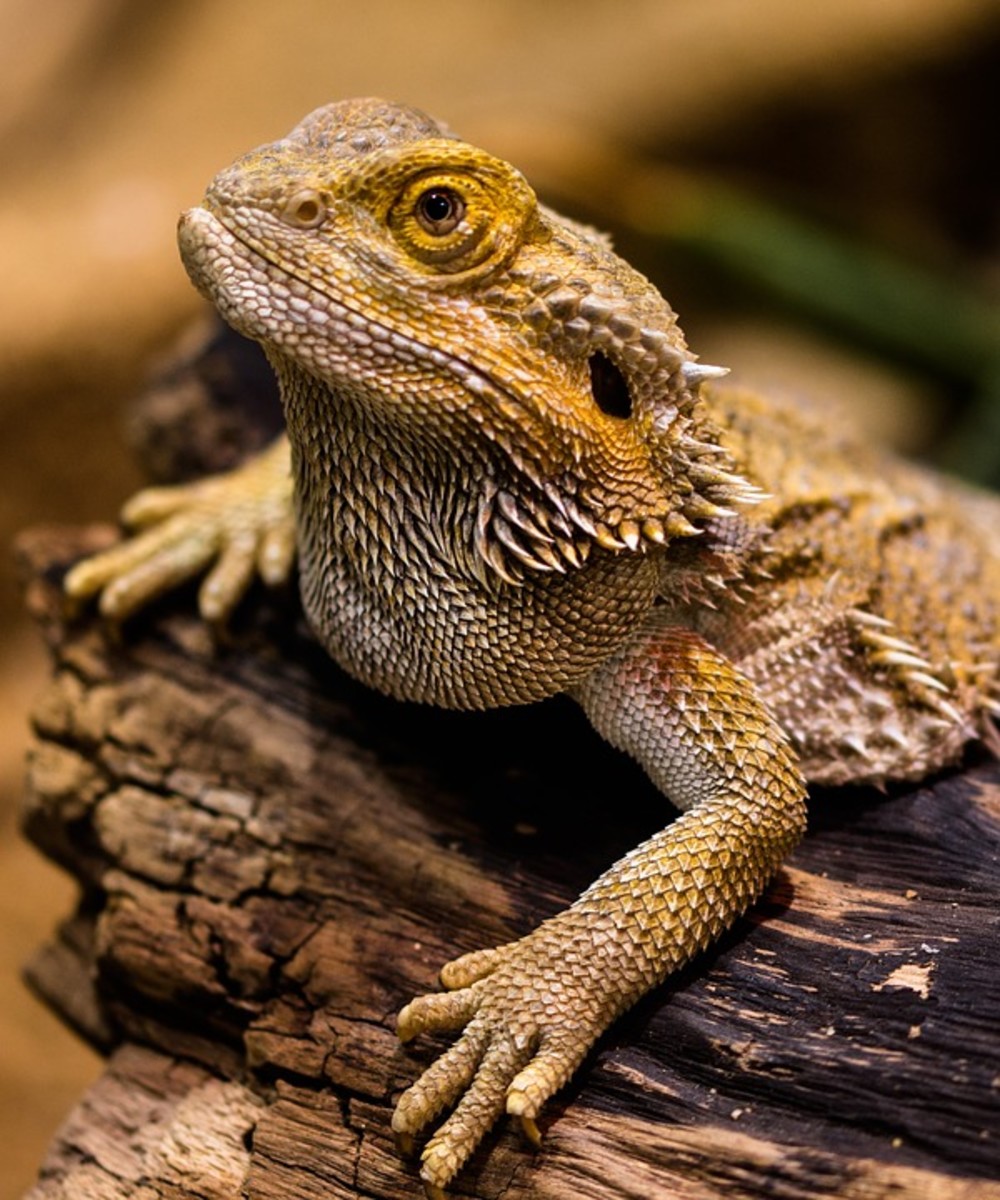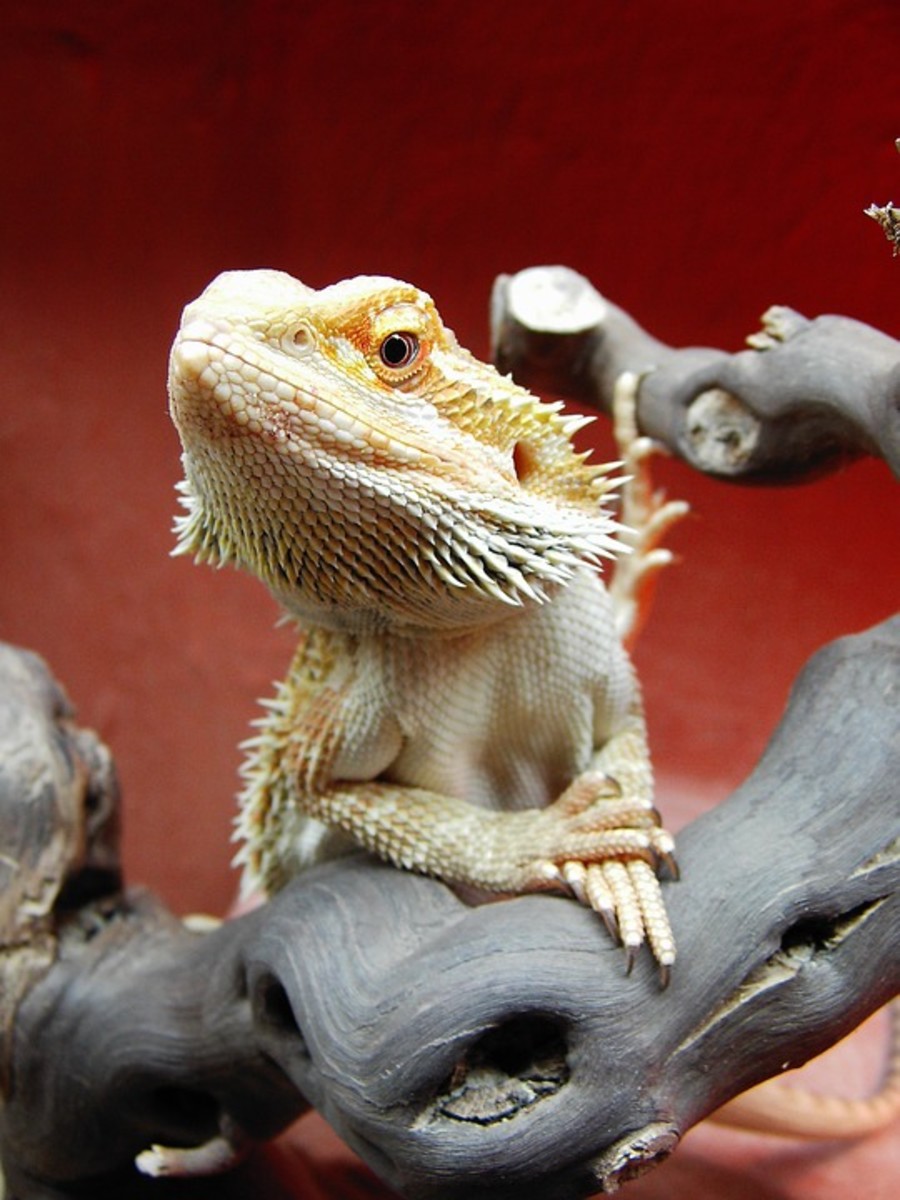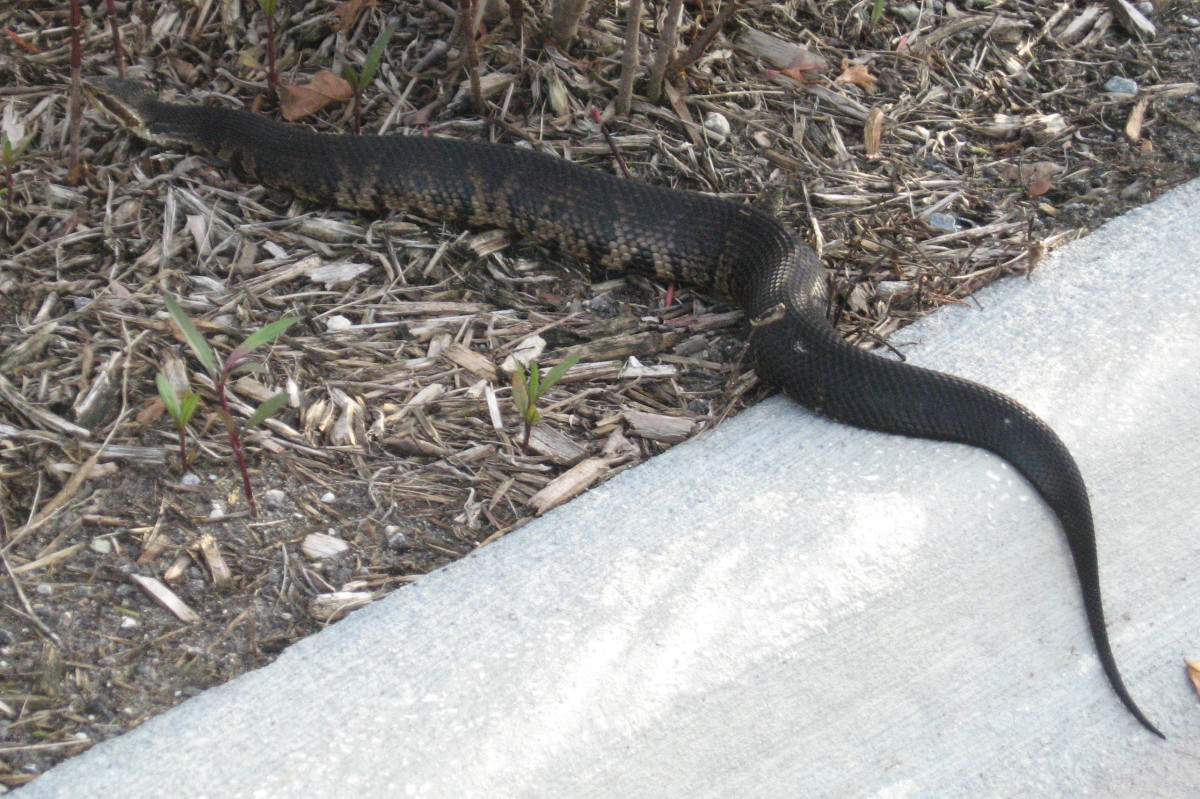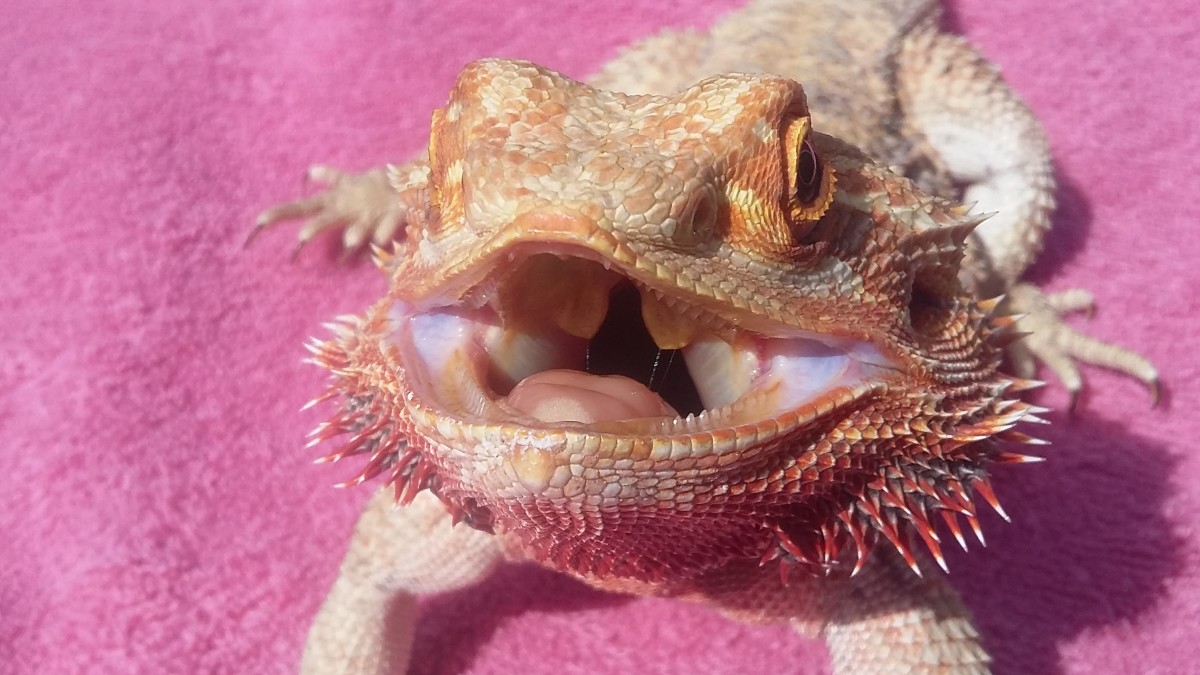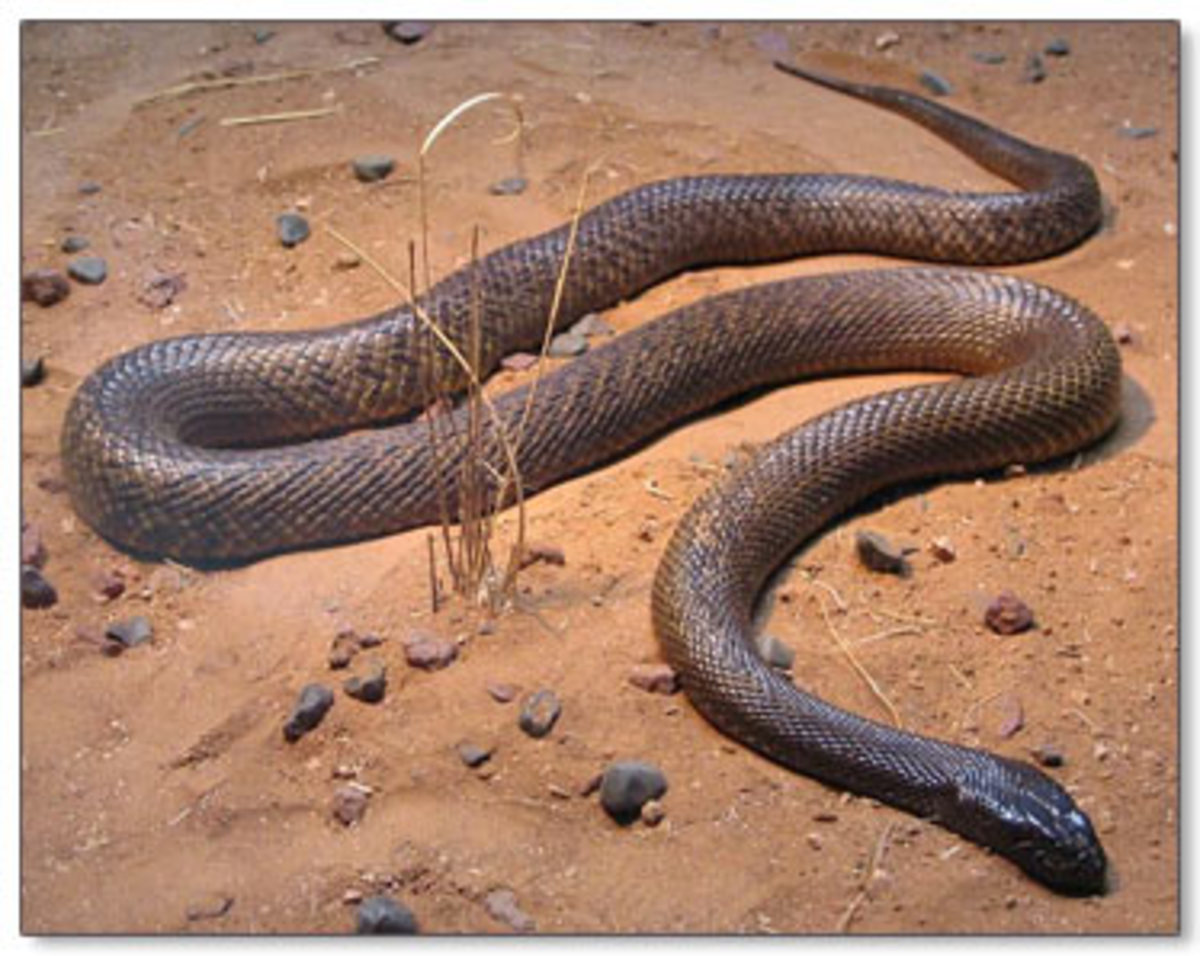How to Breed Bearded Dragons
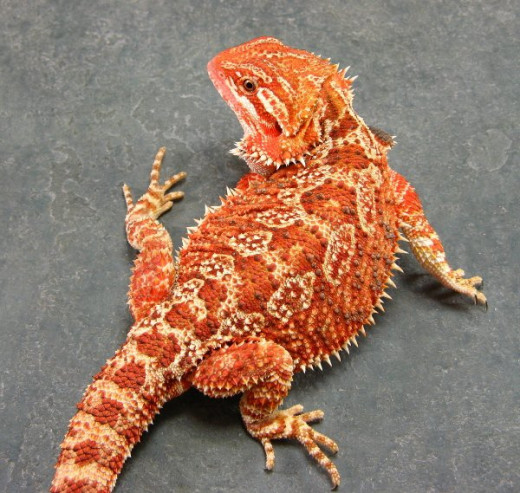
Bearded Dragons are one of the most revered of reptile pets. They are not only personable, but they come in a wide variety of colors and morphs. Most people who purchase more than one Bearded Dragon with to breed them whether to sell the babies or to experience the birth of new life. Either way there are a few things that will make the process much easier.
Bearded Dragon Health
Proper age, weight, and health are the most important parts of breeding Bearded Dragons. First a male’s age isn’t nearly as important as that of a female. The male must be large enough to breed. Typically 200 grams is sufficient. The female on the other hand must be mature enough to handle egg laying without losing weight and vitality. There are two schools of thought here. The first is that a female should be at least one year old. The second is that a female should be 300 grams or more and sexually receptive.
Brumation
First year Bearded Dragons will often breed without bromating, but for most brumation will be required before successful breeding can occur. To accomplish this reduce their photo period by ½ hour each week. When the photo period is down to nine hours a day stop feeding, but keep up on their hydration. After two weeks turn their lights out and let them cool down to 60 – 65 degrees Fahrenheit. Off water weekly and allow them to brumate for 8 -12 weeks. If a dragon begins to lose excessive weight then bring them out of brumation. This process is much easier than cooling them down. Turn the lights on and offer your Bearded Dragons water. The next day give them a soak in the morning in temped water and then offer food that afternoon.
Breeding Your Bearded Dragon
After two weeks introduce the female to the male’s enclosure. If he is interested, he will display for the female and ultimately breed with her. If not he may ignore her, or run around her in circles. There is no foolproof way to get you male to breed. Introduce your female to the male at different times of the day. Some males will want to breed first thing in the morning, others right before lights out. They can be fickle!
Feeding Female Bearded Dragons
Breeding females should be given a steady diet of insects, greens, and mixed vegetables. Vitamin and powder calcium powder should be sprinkled on their greens or their insects should be powdered. Feed your females as much as they want to eat. Producing eggs requires a huge amount of energy and nutrients. Failure to provide proper nutrition may result in rickets, malnourishment, or even death.
Calcium is extremely important to the wellbeing of your female dragons and their offspring. If your females don’t get enough calcium they will suffer bone loss and low blood calcium. This can translate into poorly shelled eggs and babies that don’t thrive. Liquid coral calcium is the solution to this. Offer liquid calcium to your female at least three times a week. You can use a 1 cc syringe (without the needle) or an eye dropper to feed it to them.
Bearded Dragon Egg Laying
When your female Bearded Dragon looks like she is about to bust she’ll start digging around her cage looking for a place to lay her eggs. They will often pace and look frantic. This is a sure sign that she is ready. Prepare a tot with warm moist play sand. Ramp the sand from one end to the other and start a hole in the slope. Put your Bearded Dragon in the tub and cover with a screened lid so that she can’t escape. Many females will deposit their eggs within hours some may take days. Keep them hydrated if they don’t lay quickly.
Bearded Dragon Egg Incubation
Egg incubation is relatively simple. Finding a clear container that will house your eggs. 9 cup Ziploc containers work well. Put one small air hole in the end of the container. This may sound odd, but remember in the wild the eggs would be buried a foot under the soil so very little air flow is required. Put the container on your scale and zero it out. Next fill the container half full of vermiculite. Check the weight then add the same amount of lukewarm water by weight. Mix it thoroughly. If the mix is correct it should clump without releasing water when you squeeze it.
Retrieve your eggs from the laying bin. Don’t worry about keeping them oriented the same way they are in the bin. You can roll them around at this point as they have not developed an air spot yet. Push holes the size of your eggs in the vermiculite and bury your eggs leaving the ¼ of the egg exposed to the air. Once all the eggs are in the container take a marker and put a mark on the top of each egg. This does nothing for the egg, but it does tell you which way the egg was oriented if the container is disturbed.
If you don’t have an incubator, place the container on a shelf in an area that is 75 – 85 degrees. The eggs will hatch in 60 – 90 days.
Conclusion
There you have it. Breeding Bearded Dragons is never foolproof, but if you consider the animals health first you should be successful. Keep in mind that every Bearded Dragon is different. Some males will only breed certain females so raising multiple males is to your benefit.


